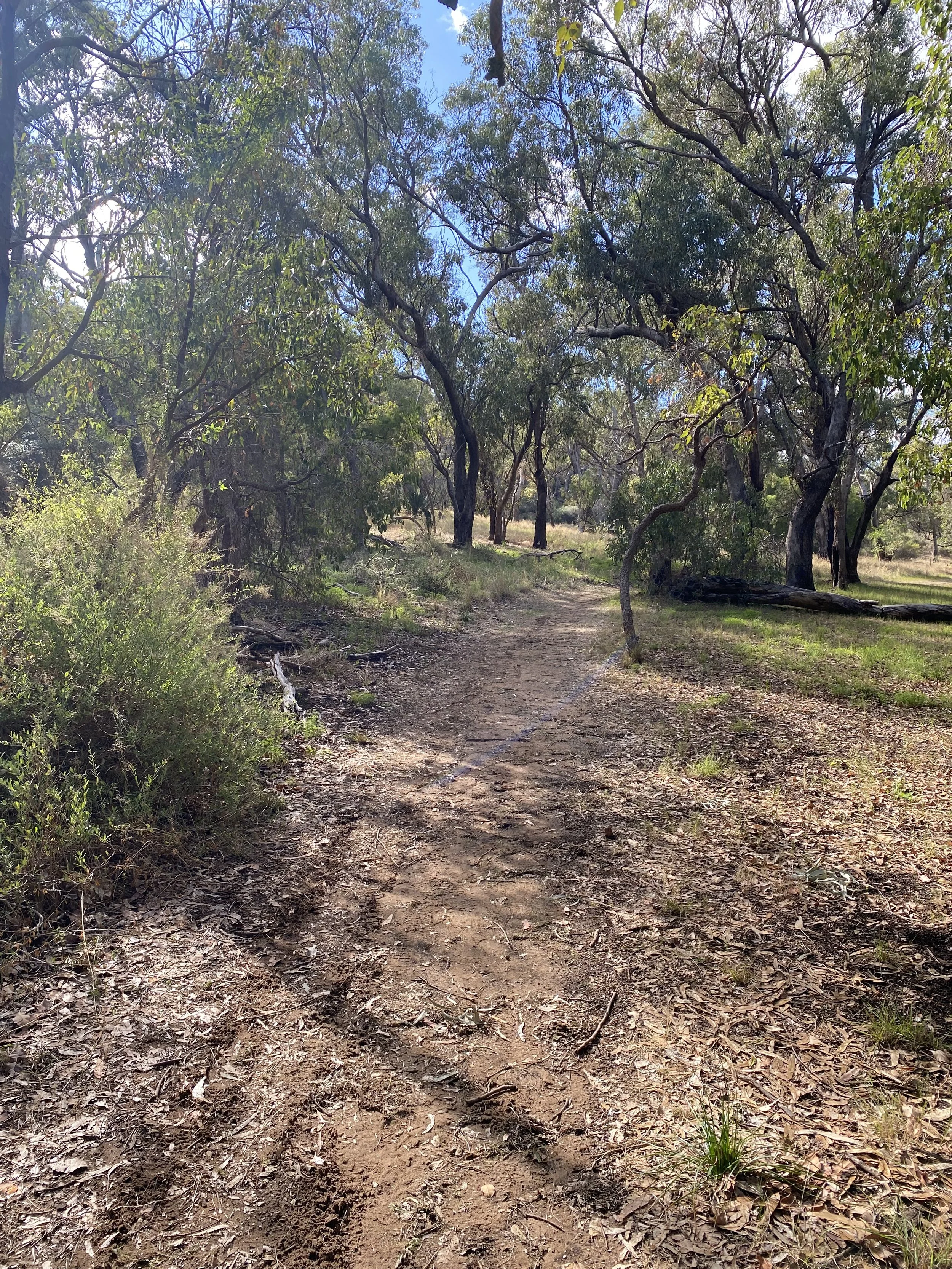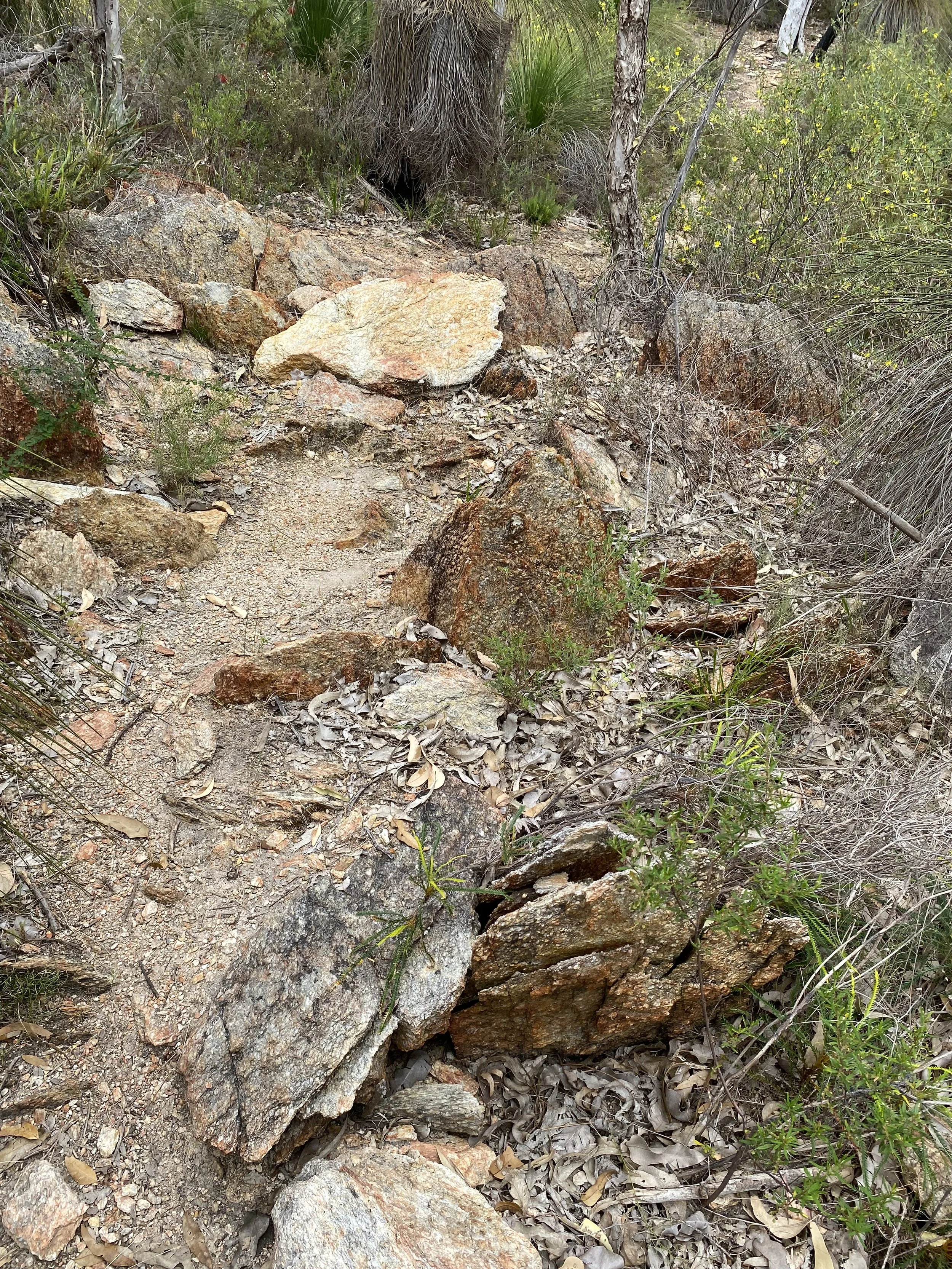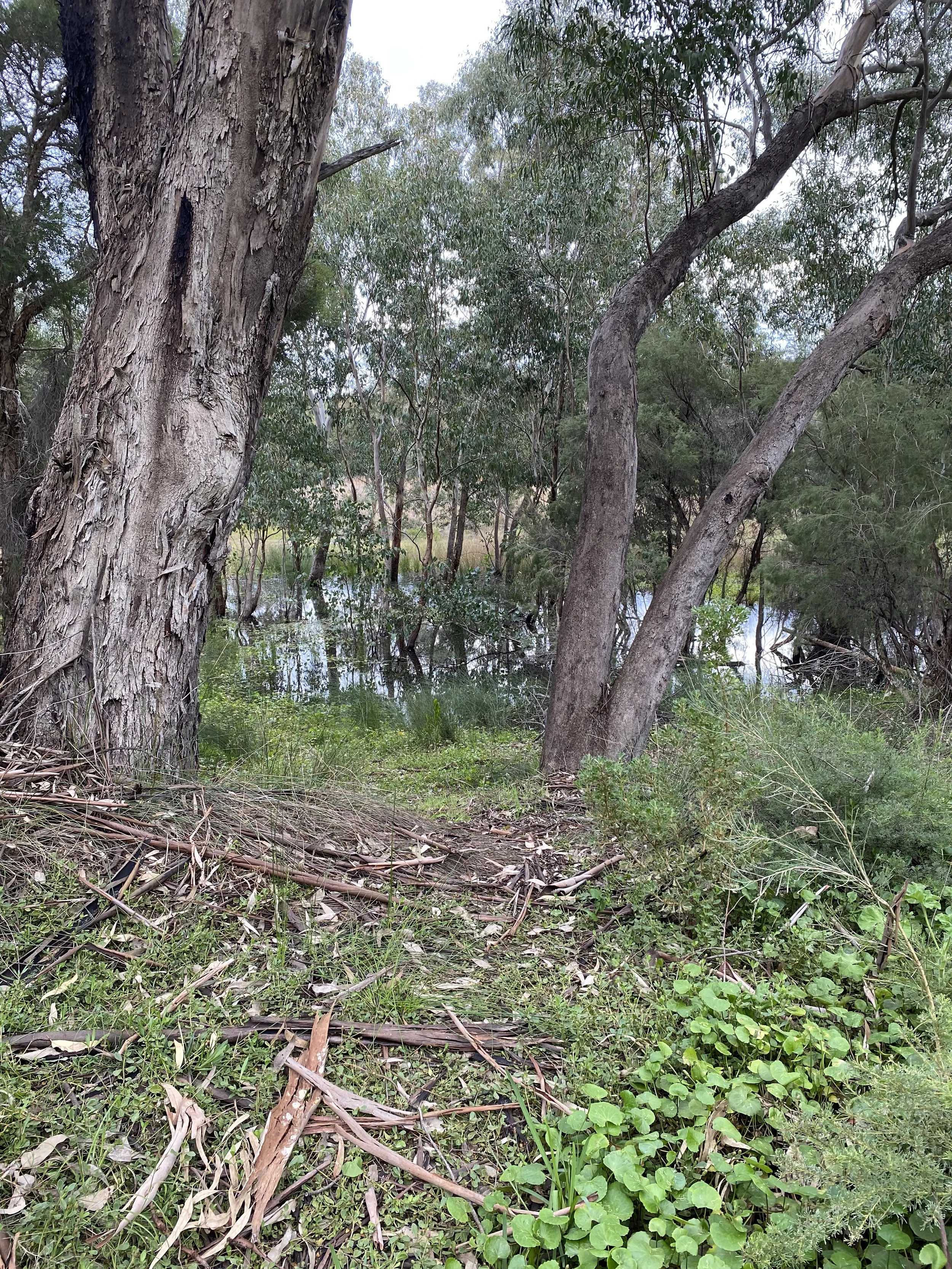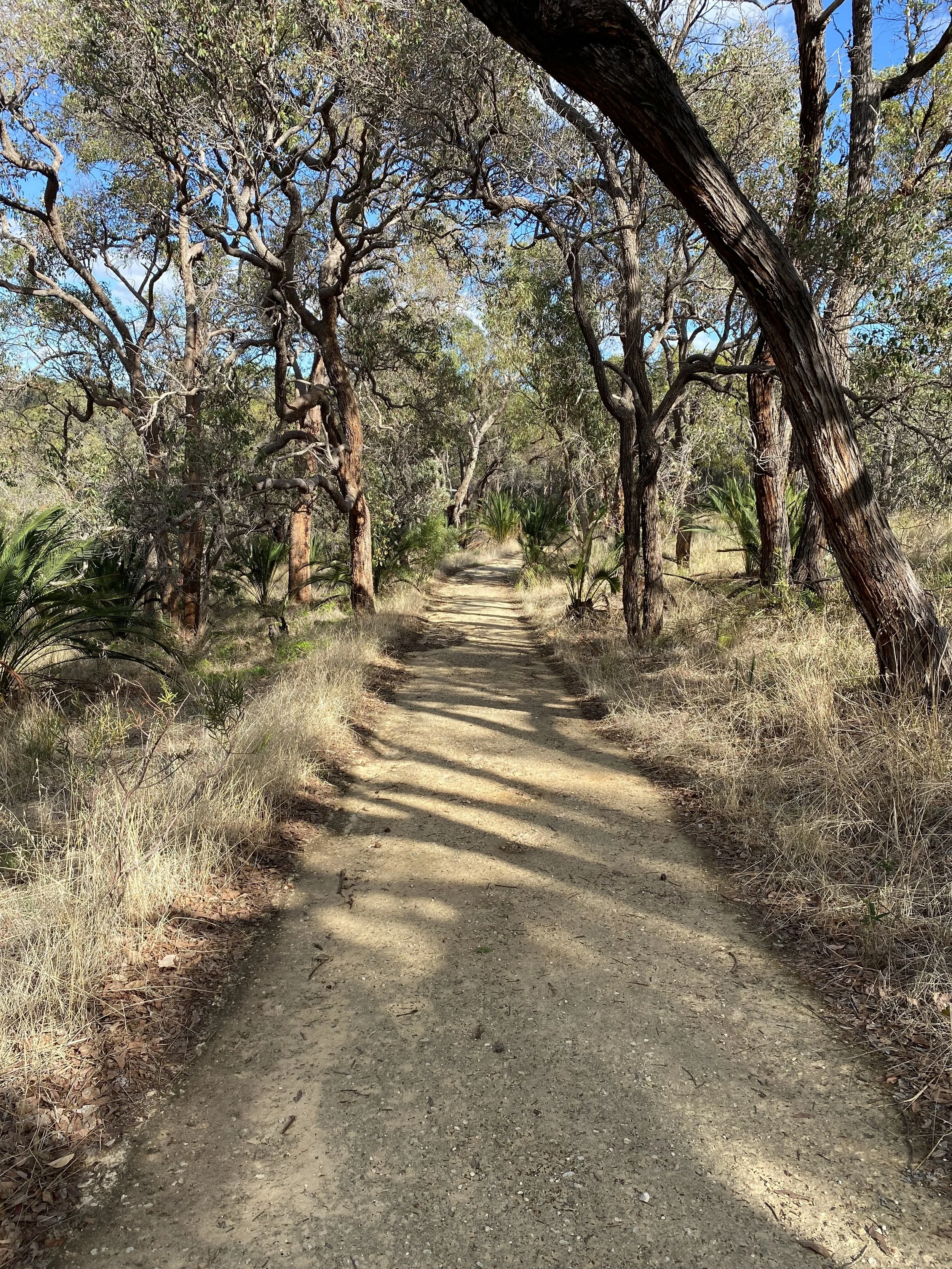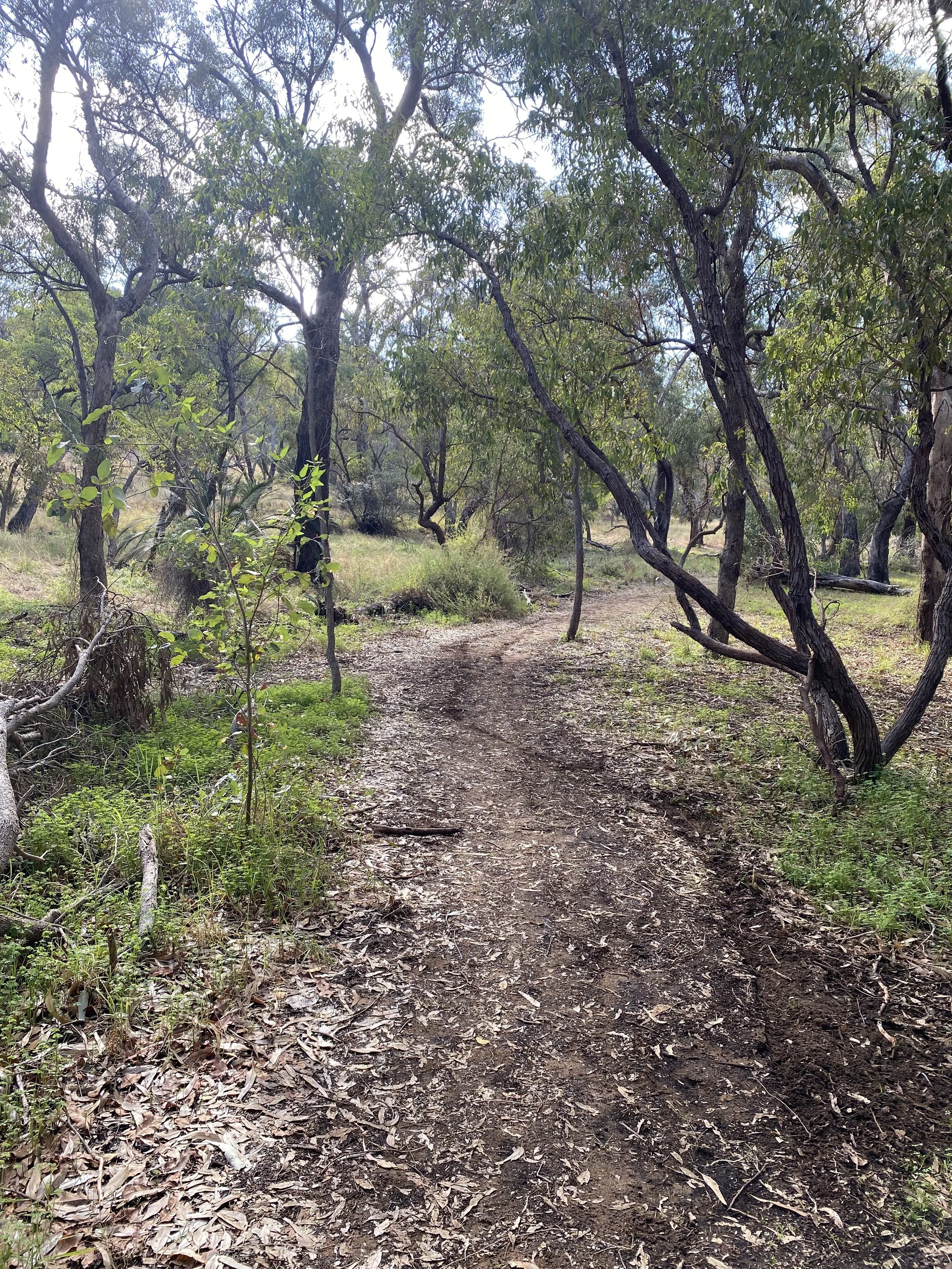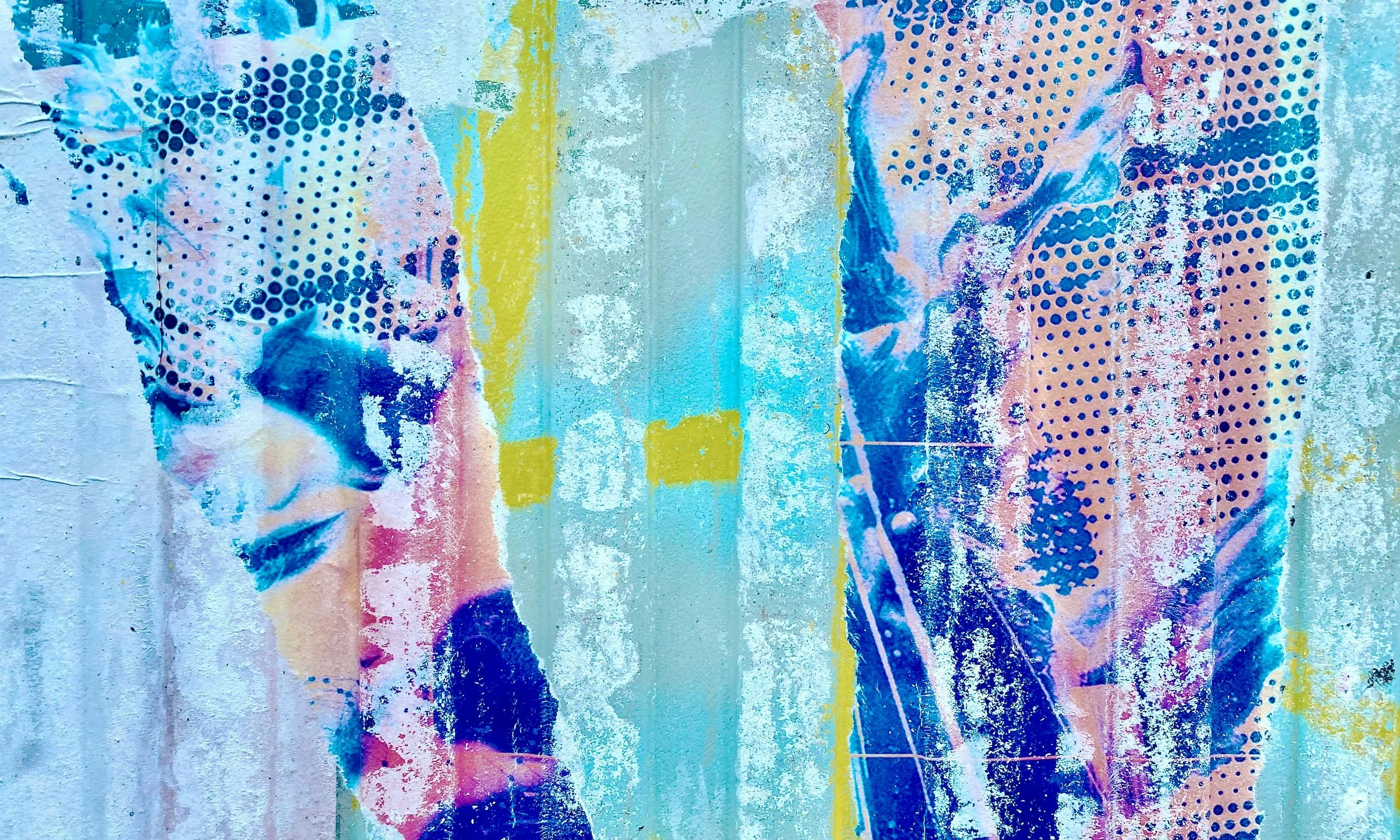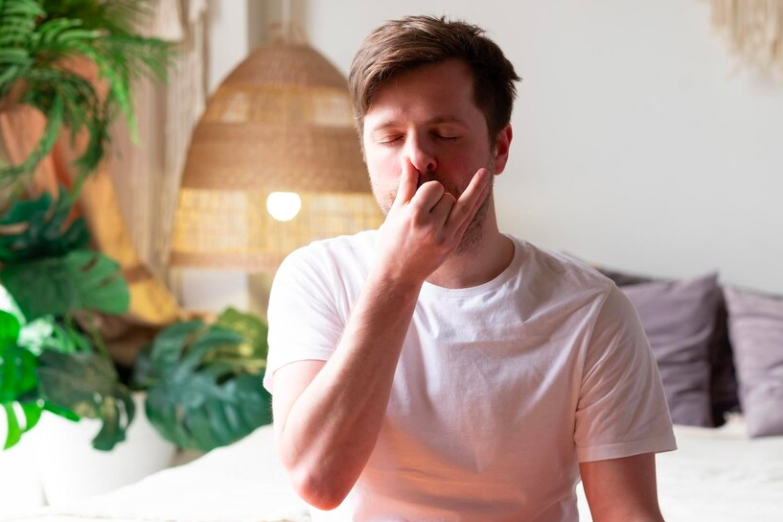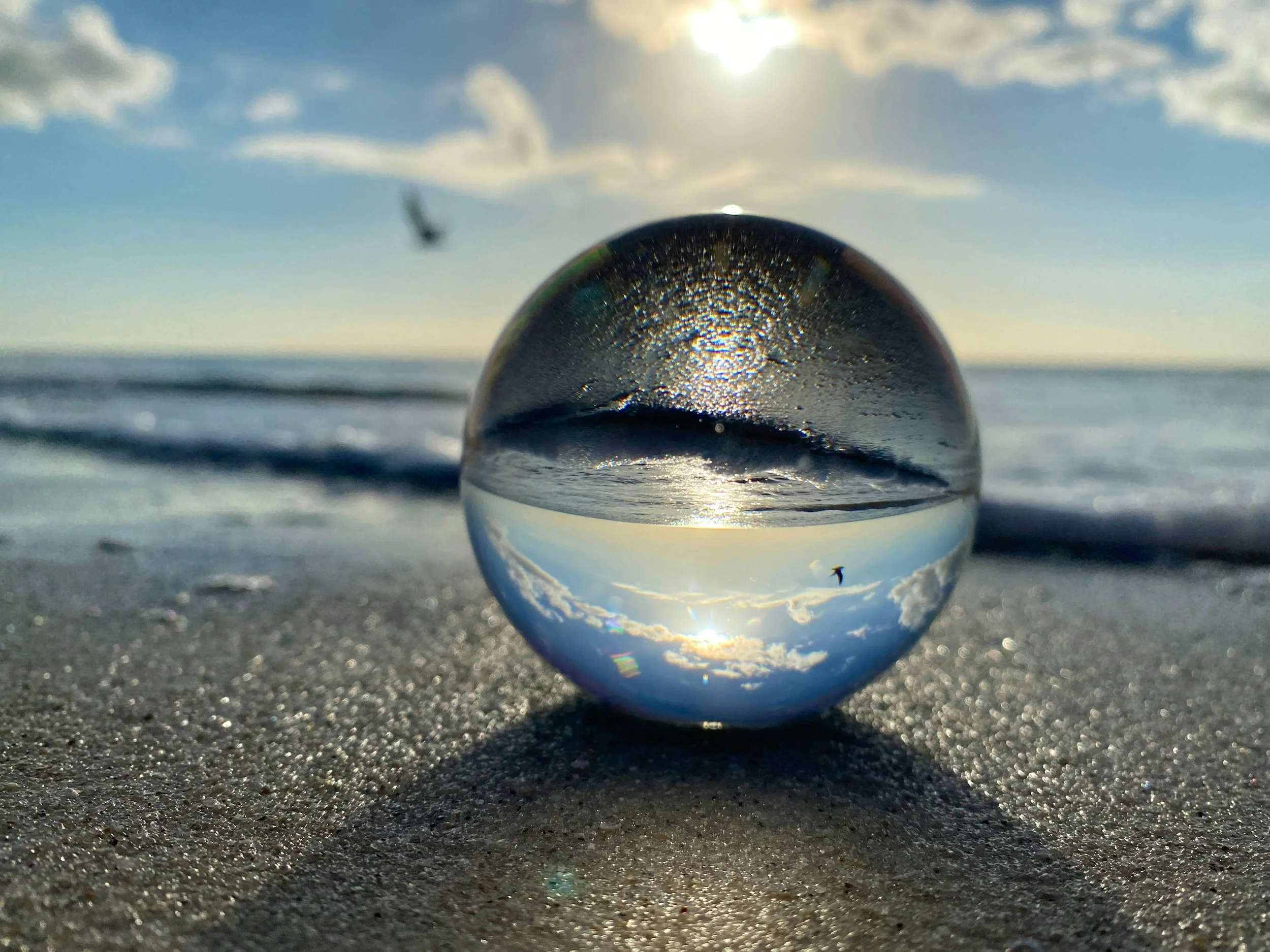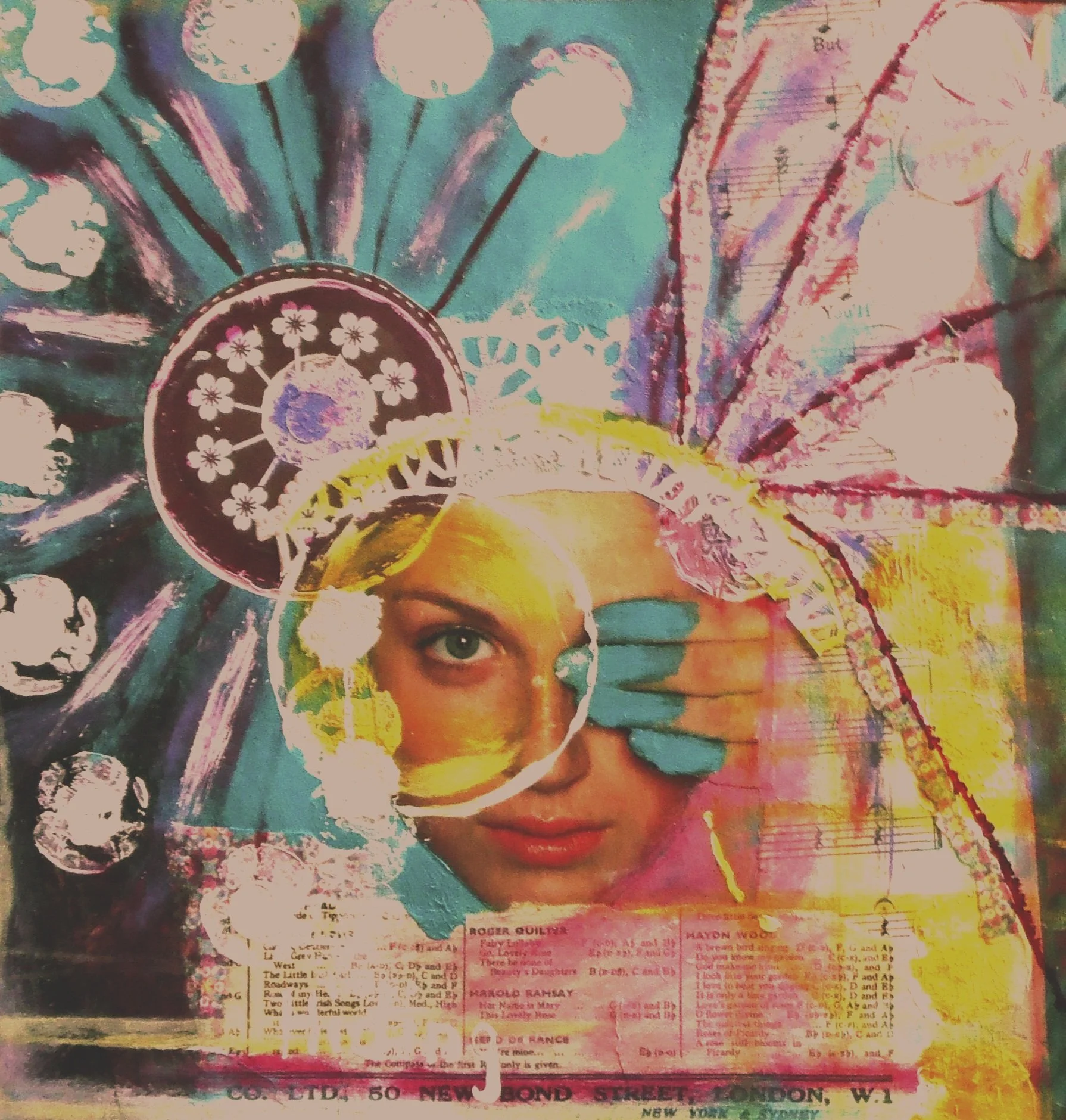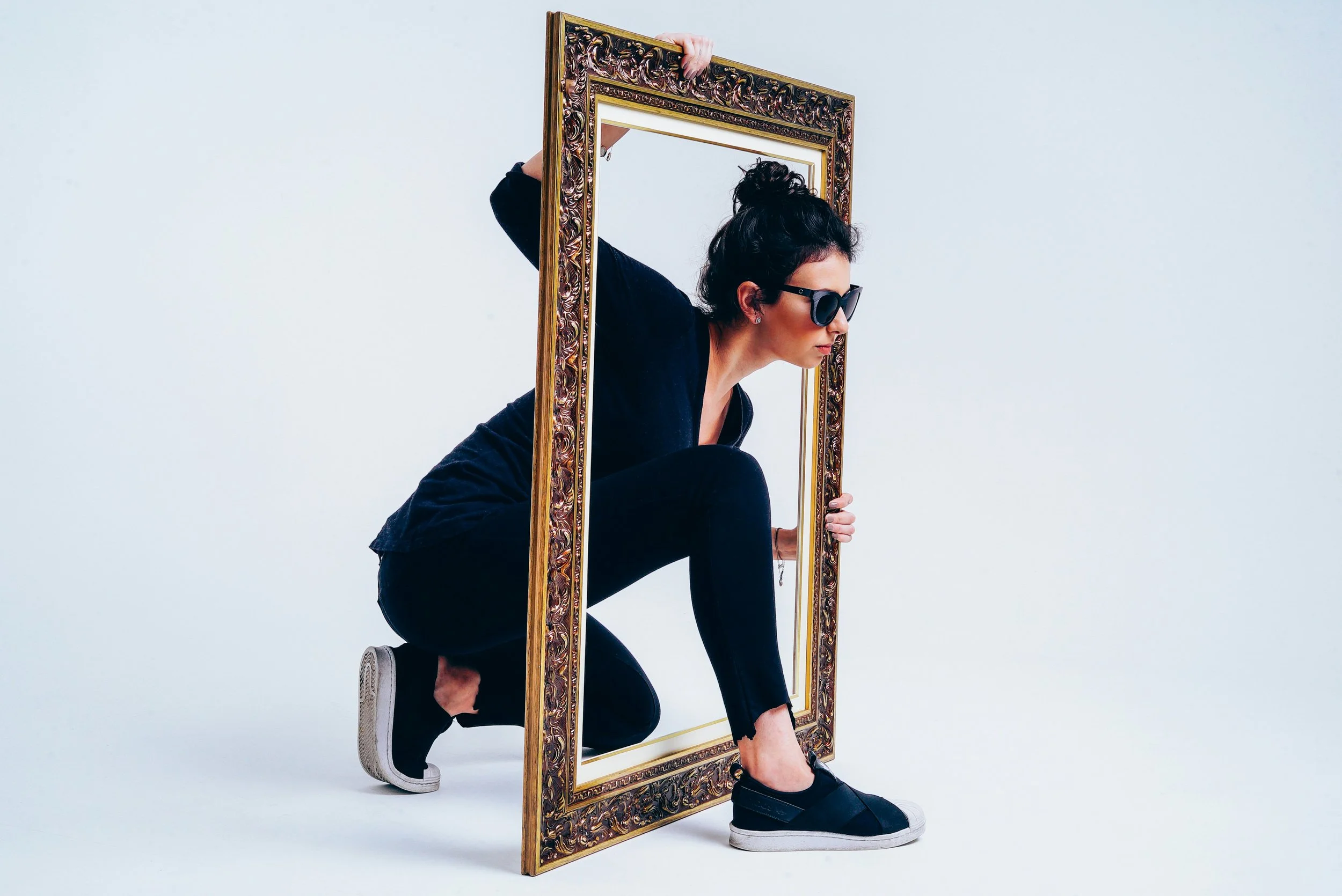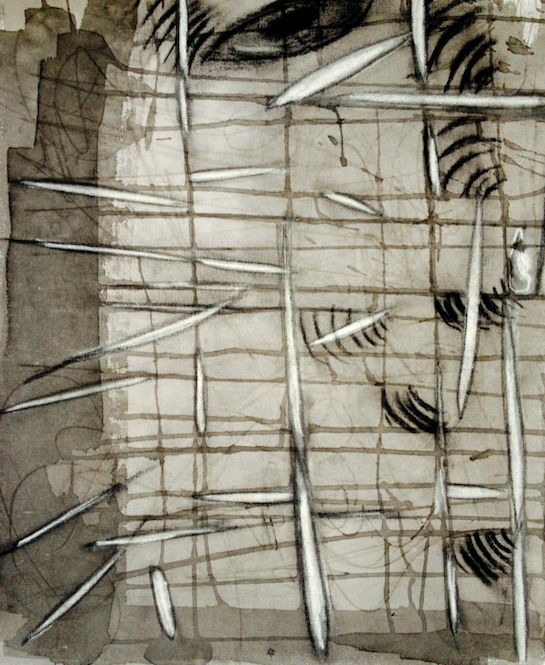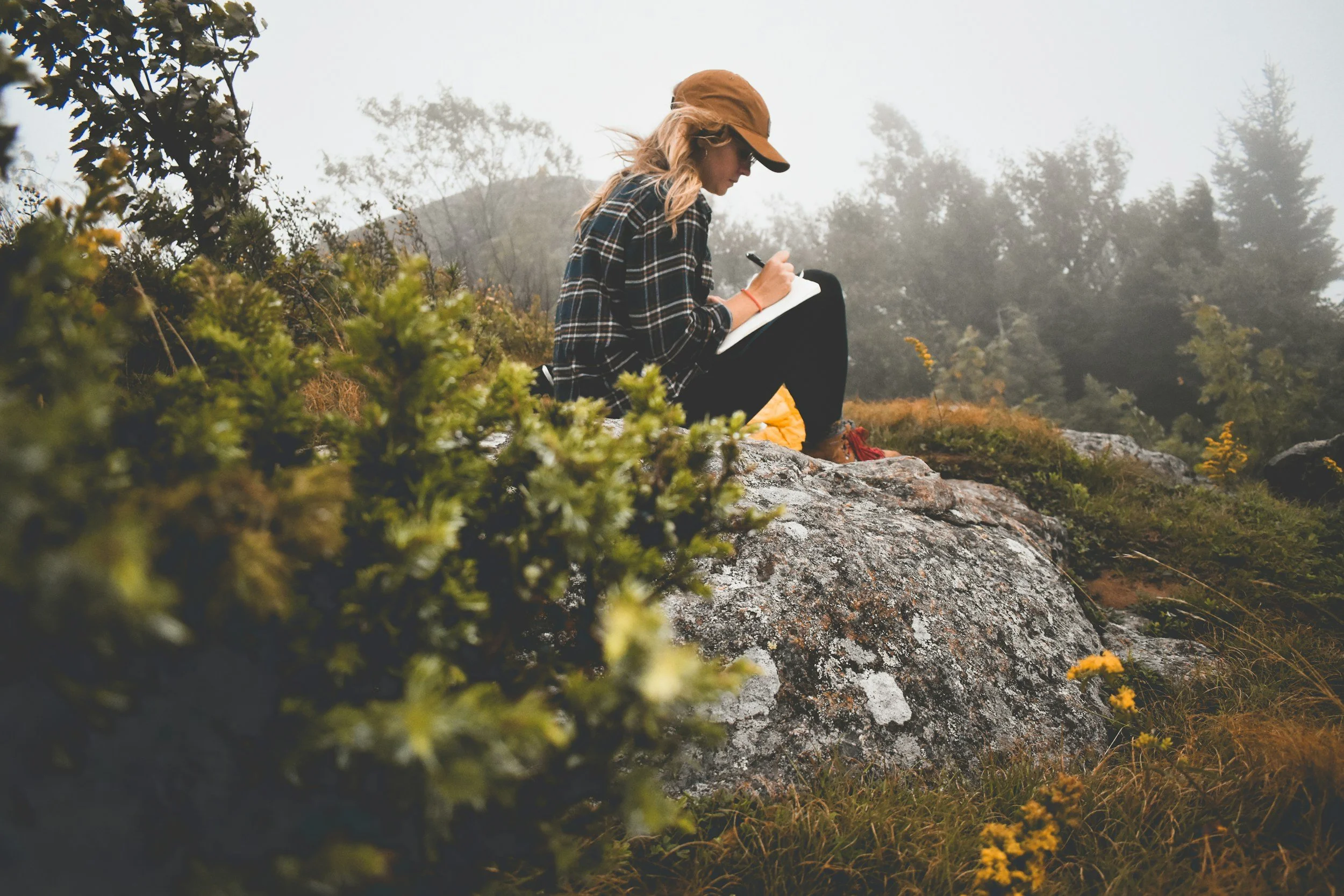MSP Christmas Break Notice
Michelle Saleeba Psychology will be closed 18 Dec 2025 – 3 Jan 2026 for a Christmas break. January bookings and enquiries are open. Enquire before 17 Dec.
The Visual Mind Garden
The Visual Mind Garden is a simple reflective drawing and collage exercise that helps externalise thoughts and emotions. By mapping your mind as a landscape, you can observe what’s thriving, what’s overgrown, and where attention or rest might be needed.
Cultural Competence in Therapy
A psychologist reflects on cultural competence in therapy through work with veterans and first responders exploring how awareness, not equivalence, builds trust and protects therapeutic boundaries.
Difference between change and transition
Life transitions test our sense of identity and control. Drawing on William Bridges’ Transitions model and the words of Eliot, Rilke, and Oliver, this article explores why endings, uncertainty, and new beginnings are so psychologically demanding and how literature helps us make meaning through change.
The Art of Not Finishing
Inspired by Elizabeth Markevitch’s reflection on unfinished art, this piece explores how incomplete creative work can reveal our own unfinished stories. In art therapy, fragments are not failures but living records of process invitations to revisit, reflect, and reconnect with the parts of ourselves still unfolding.
Community Arts for Wellbeing
The OCD WA Creating Connections exhibition brought twelve professional artists together in support of mental health awareness. Though the artworks were not themed around OCD, the event demonstrated how community arts can build connection, reduce stigma, and foster wellbeing through participation and shared purpose.
Art Therapy in Context
Art therapy takes two main forms. Community programs focus on creative connection and inclusion; clinical art therapy provides structured, evidence-based support for psychological healing. Both recognise art as a powerful medium for growth and self-understanding.
Art Therapy for Psychedelic Integration
Learn how creative practices like symbolic drawing, journey mapping, and visual journaling can support deep, ongoing integration after psychedelic therapy.
Clear and Calm
If you’re feeling overwhelmed, scattered, or just in need of a mental reset, alternate nostril breathing might help. It’s one of my favourite yogic breathing techniques, simple, calming, and supported by research.
You’ll find a full how-to and a guided audio in the latest blog post on my site (link in bio). This one’s perfect for winding down after work, refocusing mid-day, or easing into sleep.
Yoga Nidra
Yoga Nidra is a guided practice that promotes deep rest, emotional balance, and improved sleep. This article explores the evidence behind its use, how it supports wellbeing, and how it can be adapted for people living with brain injury.
The RAIN Technique
Discover the RAIN mindfulness technique - Recognise, Allow, Investigate, Nurture - and how it can help with anxiety, ADHD, BPD, and emotional overwhelm. Learn how to integrate this evidence-based, self-compassionate practice into daily life.
Rewiring the Mind
Explore current psilocybin research, integration therapy, and the role of art therapy in healing mood disorders plus ethical reflections on training.
When Shared Experience Leads the Way
Does lived experience always help in therapy, or can it sometimes get in the way?
In this new reflection, I explore the growing emphasis on shared experience between therapist and client, and ask what happens when connection is built on similarity rather than relationship.
Coming Soon: Lines I Couldn’t Speak
This post introduces Lines I Couldn’t Speak, my upcoming reflective art book developed from a series of charcoal drawings made during my experience of postnatal depression. I share the context behind the work and reflect on the importance of creative expression to help make sense of difficult experiences.
Write.Process.Heal
Discover the proven benefits of expressive writing based on Dr. James Pennebaker’s research. Learn how 15 minutes a day for four days can reduce stress, calm the nervous system, and support emotional healing, clinician reflection included.








